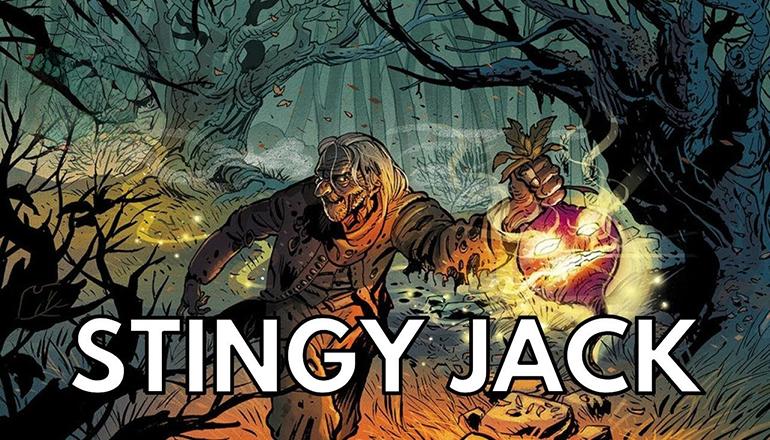Americans are projected to spend more than $800 million on Halloween pumpkins this year, according to University of Missouri Extension horticulturist David Trinklein. The U.S. pumpkin industry can thank Irish immigrants and a mythical character named “Stingy Jack” for Americans’ enthusiasm for purchasing carving pumpkins in October.
According to an Irish legend, Stingy Jack was a notorious rogue who managed to trick the devil multiple times during his life. Upon his death, Stingy Jack arrived at the gates of hell to determine his eternal fate. Having been fooled by Jack numerous times, the devil had no desire to have further dealings with him and denied him entry. Instead, the devil sent him away into the darkness with only a burning lump of coal inside a hollowed-out turnip to light his path. The legend states that Jack and his lantern have wandered the Earth ever since.
The connection between jack-o’-lanterns and the culmination of the harvest season ties back to the Celtic festival of Samhain, observed on Oct. 31. This date is also recognized as All Hallows’ Eve or Halloween. Both festivals share a theme of spirits of the deceased wandering the Earth.
European immigrants brought the tradition of creating jack-o’-lanterns to America, but they discovered that pumpkins were far easier to carve than turnips. While pumpkins are a staple food worldwide, in the United States, this vibrant gourd is mainly sold for decorative purposes. “This fall, millions of Americans will embark on their yearly visit to a pumpkin patch or retail outlet to buy a vegetable they’ll likely admire but, regrettably, not consume,” Trinklein remarked.
Pumpkin, as a food, offers numerous health advantages. It’s rich in beta-carotene (vitamin A) and is a valuable source of dietary fiber. The spices used in pumpkin pie also boast health benefits. “Not many could stomach consuming allspice directly to leverage its antioxidant, anti-inflammatory, and stomach-soothing properties. Yet, when added to a slice of pumpkin pie, it’s quite delightful,” Trinklein noted.
Nowadays, plant breeders prioritize enhancing the pumpkin’s decorative attributes over its edibility. Driven by market demand, modern pumpkins vary in color, form, and dimensions. Most contemporary varieties develop a deep orange hue much sooner than their predecessors. Many now possess a pronounced, dark green stem or “handle” for ease. Another trend includes pumpkins with wart-covered rinds, making jack-o’-lanterns appear even eerier. On the other hand, white pumpkins are available, which amplify painted facial features, making them more ghostly.
When choosing a pumpkin for autumn adornment, inspect for imperfections. Also, ensure pumpkins are fully mature by employing the “thumbnail test.” If you can easily puncture the pumpkin’s skin with your thumbnail, it wasn’t fully ripe when harvested and may not last long.


